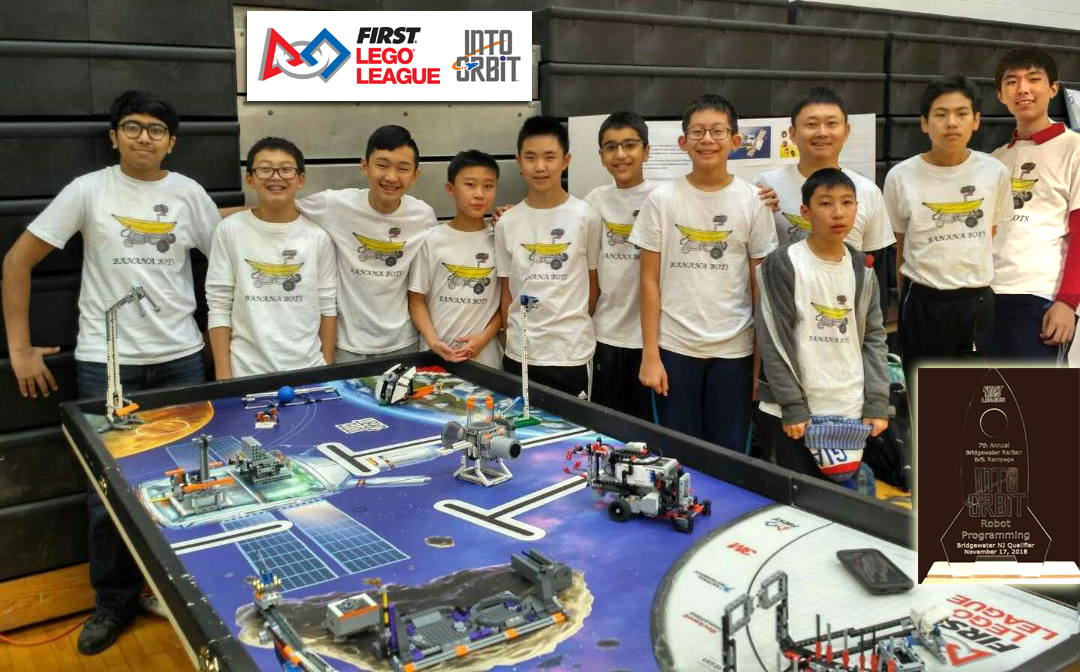
Summary
For our FLL project this year, we chose to expound on the subject of growing plants in space. We came up with an innovative and cost-effective solution to provide oxygen, food and other resources to our astronauts and space travelers
Full text
For our 2018 FLL INTO ORBIT project, we chose to expound on the subject of growing plants in space.
As you may have already realized, there is no gravity in space and since water is so scarce in space, plant growth in space is quite a challenge. Despite the many obstacles that faced us, our research proved that plants bring a plethora of benefits to space life. From food production to CO2, plants are and will be a vital part of space exploration. Plants also produce oxygen, another valuable asset in space and they help purify water as well.
All this allows astronauts to be more self-sufficient, and as stated by world-renowned astronaut Scott Kelly, “If we’re going to go to Mars someday,... there’s going to be a long period of time where we’re going to be self-sufficient and having the ability for us to grow our own food is a big step in that direction”.
As the topic of space travel and space colonization becomes ever the more prominent in modern society, advanced in field of space have become valuable. We created a plant-growing chamber that is fully functional in space. It incorporates 3D printed cubs, a water and air pump system, a distillation system, and Arduino lighting software. The main section of the system is six 3D printed cubes that hold the growing plant.
A water pipe from the main water storage system irrigates the plants. Excess water flows down through the dirt and a layer of mesh into a draining area. Since there is no gravity, the air pumph pulls the water downward. The excess water is then piped into a distillation system and recycled. All remaining water ends up in the water main storage area to be piped again.
In order to provide the plants with sufficient light, we programmed LED Arduino lights. These lights have a 12 hour on 12 hour off timer on them which replicates the sunlight cycle on Earth. We used C++ code to program the Arduino as well.
Our prototype offers as much detail as possible to illustrate the solution in a professional way. Although NASA has already developed a system for similar purposes, our idea was innovative, unique and cost-effective. We hope that in the future, we can help NASA or other space companies develop a space-based plant-growing system based on our innovative design.
Finally, we want to remind everyone that the importance of this project was to learn. Along the way, our team gained so much new knowledge in biology, mathematics, and science. After all, First Lego League isn’t about winning. It's about learning and growing, both as an individual and as a team.
Go BananaBots!
About the author

Jeffrey - Team Leader, Musician, Athlete
An teen pioneer with strong sense of responsibility and committment, Jeffrey manages to complete everything in perfection. He enjoys writing, playing violin and tennis. The most fun thing is, of course, hang out with his buddies.



